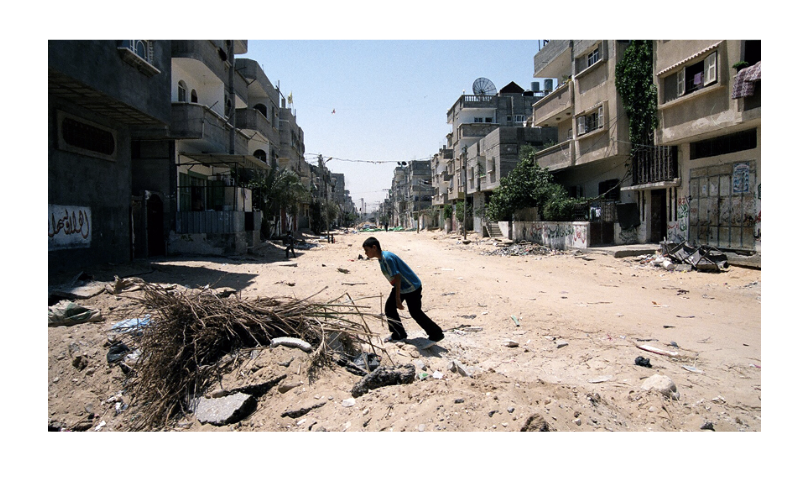Stephen Kalin and Anat Peled
WSJ, June 24, 2024
“We don’t want to see what we’ve seen in Gaza City and what we’ve seen in Khan Younis, which is the end of major combat operation and then the beginning of Hamas reasserting control and reasserting activity in those areas.”
As Israel nears the end of major combat operations in the city of Rafah, its leaders are preparing for an extended counterinsurgency campaign that would reduce the number of troops tied down in Gaza but could still leave the enclave mired in violence and instability.
The Israeli military is expected to maintain a presence along Gaza’s borders and two key corridors. Shifting to lower-intensity operations involving raids and airstrikes driven by intelligence could spring some troops to reinforce Israel’s northern border, where there is an increasing threat of wider hostilities with Lebanese militant group Hezbollah.
“It will free up the high-quality maneuvering formations, the armored divisions, the regular infantry brigades and heavy load of air reconnaissance and ready-strike assets,” said Assaf Orion, a retired Israeli brigadier general who served in the planning directorate of the Israel Defense Forces. He is now a senior researcher with Israel’s Institute for National Security Studies.
Israeli Defense Minister Yoav Gallant, who is in Washington to meet Biden administration officials, told U.S. special envoy Amos Hochstein on Sunday that the transition to the next stage in the fighting would “impact developments on all fronts,” hinting at the possibility of an escalation on the border with Lebanon. Hezbollah, a Hamas ally also backed by Iran, is a far more formidable military foe than Hamas.


